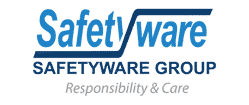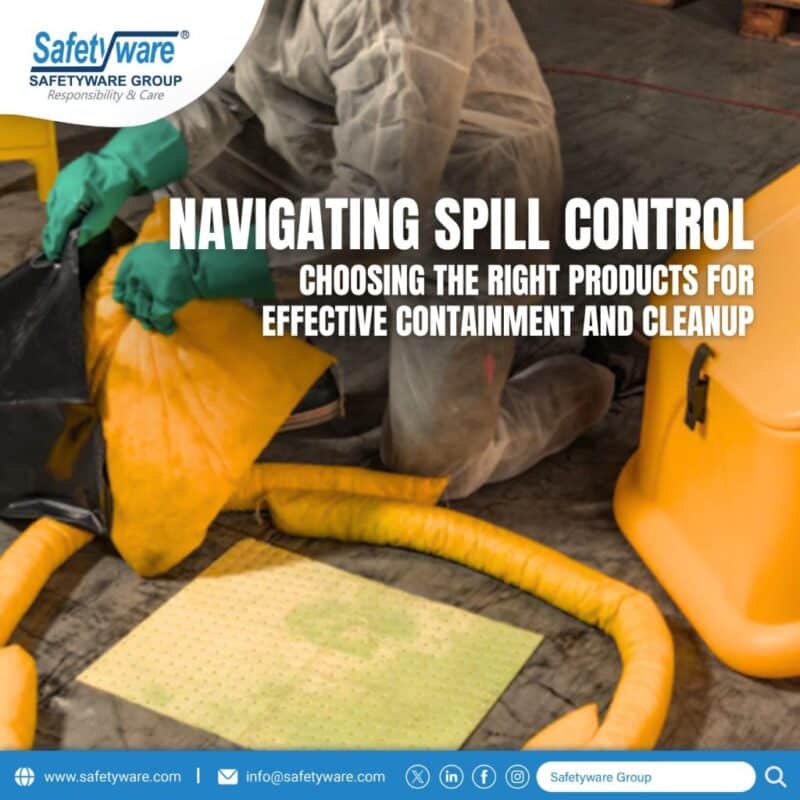Spills are a common yet potentially dangerous occurrence in various industries, including manufacturing, oil and gas, chemical processing, and logistics. From hazardous chemical spills to oil leaks, managing these incidents effectively is critical for environmental protection, the safety of personnel, and regulatory compliance. In this detailed guide, we will explore the technical aspects of selecting the most appropriate spill control products to ensure efficient containment and safe cleanup in diverse work environments.
The Critical Role of Spill Control Products
Spill control products are specifically designed to contain, absorb, and neutralize hazardous spills, preventing them from spreading and causing environmental damage or posing risks to human health. Effective spill management begins with selecting the right products, whether they are absorbent pads, spill containment berms, or spill kits. Each product has unique characteristics that make it suitable for different spill types and scenarios. By integrating spill control into the workplace, organizations demonstrate their commitment to safety, environmental responsibility, and compliance with stringent regulations.
Key Considerations When Selecting Spill Control Products
1. Identifying Spill Types
The first step in spill management is determining the nature of the potential spills. Different spill control products are tailored for specific substances, including oils, chemicals, and other hazardous materials. For instance, oil-only absorbent pads are designed to repel water while absorbing petroleum-based liquids, whereas chemical absorbents are formulated to handle aggressive fluids like acids or solvents. Choosing products that are specific to your spill types will ensure proper containment and disposal without adverse reactions.
2. Absorbency Capacity and Efficiency
The absorbency capacity of a spill control product directly impacts its ability to contain and clean up the spill. This capacity is measured in terms of fluid absorption per square meter, and it’s influenced by the material composition, thickness, and surface area of the product. For instance, high-density polypropylene absorbent pads offer enhanced absorbency, making them ideal for large spill areas, while thinner materials may be more appropriate for minor leaks. Evaluating the spill volume your facility is likely to experience is essential for selecting products that match your needs.
3. Chemical Compatibility and Reactivity
Spill control products must be chemically compatible with the substances they are used to contain. Using incompatible materials can lead to dangerous chemical reactions, reduced effectiveness, or further contamination. Ensure that your spill kits and absorbents are tested and rated for the specific chemicals present in your facility. For example, materials like polyethylene are often used in spill containment berms for their chemical resistance properties, but certain highly reactive chemicals may require specialized products like sorbent booms.
4. Durability in High-Traffic and Outdoor Environments
In many cases, spills occur in environments with heavy machinery, vehicles, or high foot traffic, making durability a key factor. Products designed for outdoor spill containment, such as reinforced spill berms or heavy-duty sorbent rolls, must be able to withstand physical wear, UV exposure, and extreme weather conditions. Durability is also critical when deploying spill products in areas with rough surfaces or sharp objects, which can compromise the structural integrity of absorbent materials or containment units.
5. Quick Deployment and Ease of Use
In an emergency spill situation, every second counts. The spill control products you choose should be easy to deploy and use, with minimal training required for workers. Spill kits that include clear instructions, PPE, absorbents, and disposal bags allow for fast and effective spill response. Ensure that all workers are familiar with spill response procedures and that spill containment systems are accessible in high-risk areas.
6. Environmental Impact and Sustainability
As organizations become more environmentally conscious, selecting eco-friendly spill control products has become a priority. Consider products made from biodegradable materials or those that are recyclable and reusable. For instance, some absorbents are constructed from renewable materials like cotton fiber, which can reduce the environmental footprint of your spill response strategy. Sustainable products not only protect the environment but also align with corporate social responsibility (CSR) initiatives.
7. Regulatory Compliance and Certification
Finally, compliance with regulatory standards such as those set by the Environmental Protection Agency (EPA), Occupational Safety and Health Administration (OSHA), and Department of Transportation (DOT) is critical. These organizations establish guidelines for handling, containing, and disposing of hazardous materials. By choosing products that meet or exceed these standards, you ensure that your facility adheres to legal requirements, avoids penalties, and maintains a safe workplace.
Selecting the Best Spill Control Products for Your Industry
When determining the right spill control solutions for your business, it’s important to conduct a comprehensive assessment of potential spill risks, types of chemicals or oils used, and the specific regulatory landscape for your industry. Whether your needs require absorbent mats, containment pallets, or complete spill response systems, the right selection of spill control products will minimize environmental impact, protect your employees, and ensure operational continuity.
Conclusion: Proactive Spill Management with the Right Products
Choosing the most appropriate spill control products is an essential component of a successful spill response plan. By understanding factors such as spill type, absorbency capacity, chemical compatibility, durability, ease of use, environmental impact, and regulatory compliance, businesses can build a robust strategy for managing spills effectively. In doing so, they not only mitigate safety risks but also enhance their reputation as responsible stewards of the environment.
Explore our Spill Control Solutions
